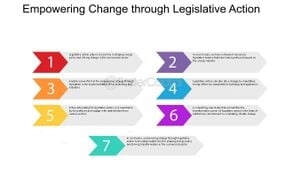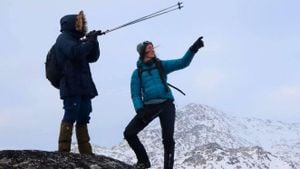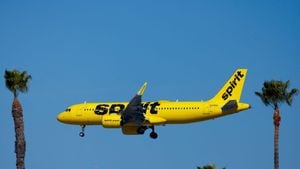The astronauts aboard Boeing's Starliner have found themselves caught up in quite the unexpected adventure—one they hadn’t signed up for. Suni Williams and Butch Wilmore, who were meant to stay on the International Space Station (ISS) for just eight days, have been waiting for over two months to return home.
The mission launched on June 5, and it was meant to be the first manned test flight of Boeing’s Starliner. Unfortunately, the spacecraft encountered several issues, including propulsion failures and helium leaks, which have prolonged their stay significantly.
NASA had initially believed the Starliner could safely accommodate the astronauts for up to 45 days. Now, the agency has gracefully extended this estimate to up to 90 days, adding some breathing room to the situation.
Steve Stich, NASA's commercial crew program manager, noted, "We’ll come home when we’re ready," indicating the emphasis on safety. He has also mentioned considering alternatives, including possibly bringing the astronauts back aboard another spacecraft if necessary.
Initially, it was thought their trip would be straightforward. Still, the two astronauts are now using their time on the ISS to assist with various scientific experiments and maintenance tasks under the watchful eye of their international colleagues.
The Starliner spacecraft faced failure of five thrusters shortly after launch, which raised alarms about its reliability for the return trip. Although four of the thrusters have since been reactivated, questions about the Starliner’s safety loom large.
To address the thruster issues, engineers have been conducting extensive tests, including successful trials of spare components. These efforts are key to diagnosing the root of the problems and ensuring the astronauts' safety when it’s finally time to return.
Interestingly, Williams and Wilmore are not the only astronauts to deal with extended time on the ISS. NASA's prior astronaut Frank Rubio faced his own prolonged stay due to complications with his vessel and overcame similar hurdles.
NASA has been reluctant to label the astronauts as 'stranded'. Instead, they insist they remain technically safe and are using the opportunity for additional research, which seems to mitigate some urgency.
Adding another layer of complexity, NASA also floated the idea of using SpaceX’s Crew Dragon to transport the pair back home if the Starliner’s problems become insurmountable. This plan would require adjustments to other crew assignments, as the next Crew Dragon mission would need to accommodate them.
It’s also worth noting the initial plan was for Williams and Wilmore to conduct checks on the Starliner post-launch. Those checks are reportedly complete, but it's the extended duration of their stay coupled with the delay of new tasks that's making it all the more taxing.
During their time working aboard the ISS with seven other international astronauts, they have been engaged continuously. Astronauts must maintain busy ever-evolving schedules, which contrasts with the timelessness of floating above Earth.
Williams’s husband expressed confidence, stating, "That’s her happy place." It reflects the perspective many astronauts have toward their work—even if it extends longer than expected.
Meanwhile, life aboard the ISS is structured around rigorous schedules and to make the best of their surroundings. Members are often required to join lengthy work shifts alongside their colleagues.
Despite the cramped living conditions, their spirits seem to remain high. They are limited to basic cabin accommodations, which has led to humorous moments; like Wilmore resting up outside in his sleeping bag due to space limitations.
They’ve received additional provisions and fresh clothes thanks to supply deliveries, alleviating some concerns about supplies running low. The recent arrival of goods helps maintain day-to-day comfort during this prolonged stay.
Throughout this adventure, the psychological aspects of time also come to play—when you are busy, time tends to slip away. But when you are faced with endless waiting, it can stretch indefinitely, as countless researchers have pointed out.
Operators have been careful to keep the crew stimulated, but uncertainty about the future brings its share of tension. Williams has previously maintained a positive outlook, even stating she is enjoying her floating time on the ISS.
Yet, it’s clear not knowing how or when they’ll return can carry emotional weight. NASA is working assiduously to minimize this anxiety, routinely providing updates about their flight status and what’s next.
While the situation might be cumbersome for astronauts, it also showcases the resilience of human spirit and adaptability. They navigate tight quarters, perform demanding tasks, and share laughter amid the uncertainty surrounding their return.
All eyes are currently on NASA and Boeing to determine the next steps. Will they deem Starliner safe after more testing, or move to plan B with SpaceX?
The outcome will not only affect the astronauts but also reflect on Boeing and NASA’s collaboration moving forward. Set to serve as valuable experience for all engaged, this bizarre summer trip to the ISS will leave stories to tell once back on solid ground.



